In the ever-evolving landscape of global trade, container shipping has emerged as a vital method for transporting goods efficiently and securely. This approach utilizes large standardized containers to facilitate seamless transitions between various transport modes, including ships, trucks, and trains. The importance of container shipping is particularly pronounced in the context of trade between China and Africa, where the demand for cost-effective and reliable shipping solutions continues to grow. This article delves into the specifics of shipping costs for both 20 ft and 40 ft containers from China to Africa, shedding light on the various components that contribute to pricing and offering insights for optimizing shipping strategies.
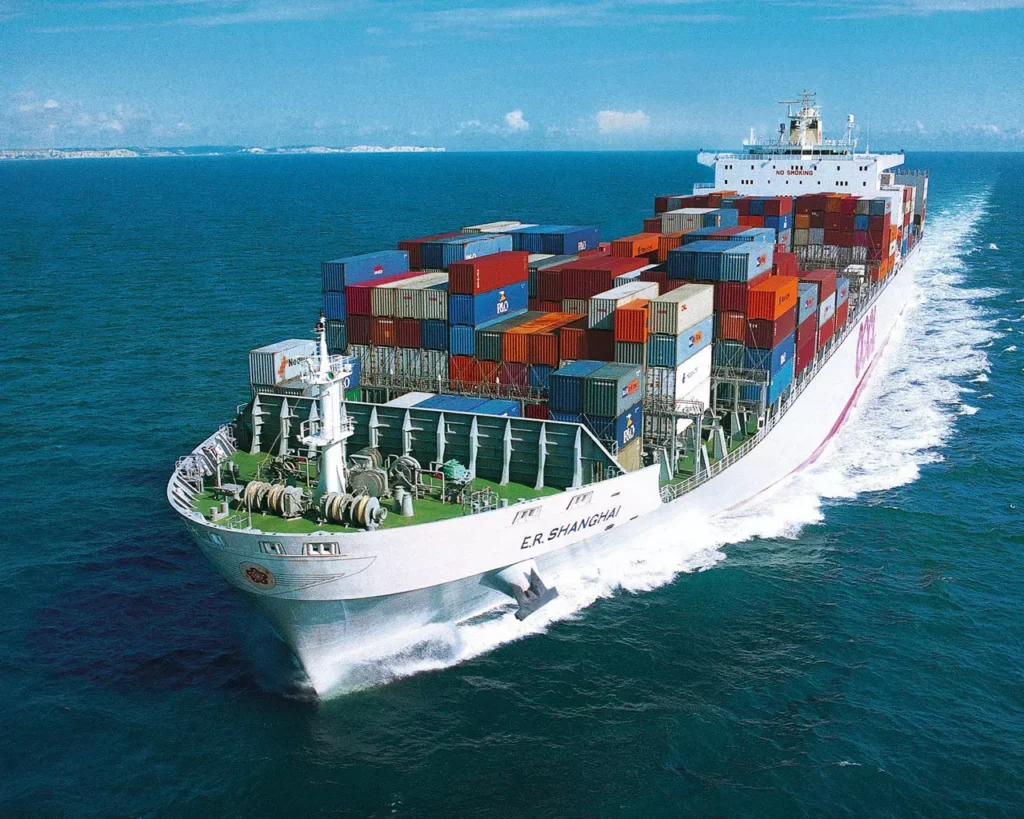
Understanding Container Shipping Costs from China to Africa
Container shipping is a method of transporting goods using large standardized containers, which are designed to be loaded, unloaded, stacked, and transported efficiently across various modes of transport. This system allows for a seamless transfer of goods from ships to trucks and trains, minimizing handling and ensuring the safety of products during transit.
Container shipping has revolutionized the logistics industry, providing a reliable and cost-effective means for global trade. The containers can be customized to accommodate various types of cargo, including perishables, electronics, textiles, and machinery, making them an essential component in the supply chain.
Importance of Container Shipping in Global Trade
The significance of container shipping in global trade cannot be overstated. As international commerce expands, the need for efficient, secure, and cost-effective shipping solutions becomes paramount. Container shipping plays an integral role in connecting manufacturers in countries like China with markets across Africa and beyond.
-
Efficiency: The design of containers allows for the easy transfer of goods between ships, trucks, and trains without the need for unloading and repacking. This reduces transit times and minimizes the risk of damage during handling.
-
Cost-Effectiveness: Shipping by container is often more economical than other methods, particularly for large volumes of goods. This is due to reduced labor costs and the ability to transport a greater volume of cargo at once.
-
Safety and Security: Containers provide a secure environment for goods during transit, helping to protect them from theft, damage, and environmental factors. Most containers are weather-resistant and equipped with locking mechanisms.
-
Flexibility: Container shipping accommodates a diverse range of cargo types and sizes. This flexibility enables businesses to adapt their shipping strategies based on demand and market conditions.
-
Environmental Sustainability: Modern container ships are designed to be more fuel-efficient and emit fewer greenhouse gases than traditional shipping methods, aligning with the global push for sustainability in logistics.
READ MORE:
- Shipping From China To Algeria
- Shipping From China To Angola
- Shipping From China To Morocco
- Shipping From China To Nigeria
- Shipping From China To Kenya
- Shipping From China To Tanzania
- Shipping From China To South Africa
20 ft Container Shipping Cost from China to Africa
When considering 20 ft container shipping costs from China to Africa, several factors must be taken into account. Understanding these costs can help businesses plan their budgets and optimize their shipping strategies.
Cost Breakdown for 20 ft Containers
The cost of shipping a 20 ft container from China to Africa varies based on multiple factors, including the shipping route, the choice between sea freight and air freight, port fees, and additional services such as customs clearance and insurance. Below is a detailed breakdown of common cost components:
| Cost Component | Estimated Price Range (USD) | Notes |
|---|---|---|
| Base Freight Rate | $1,000 – $3,500 | Varies by shipping line and distance |
| Port Handling Fees | $100 – $300 | Charges for loading/unloading at ports |
| Customs Clearance Fees | $150 – $300 | Costs associated with customs documentation and clearance |
| Insurance Services | $50 – $200 | Protection against loss or damage during transit |
| Destination Port Fees | $100 – $500 | Fees charged at the destination port |
| Door-to-Door Services | $300 – $600 | Optional service to deliver goods directly to the customer |
| Additional Handling Charges | $50 – $150 | Charges for any special handling requirements |
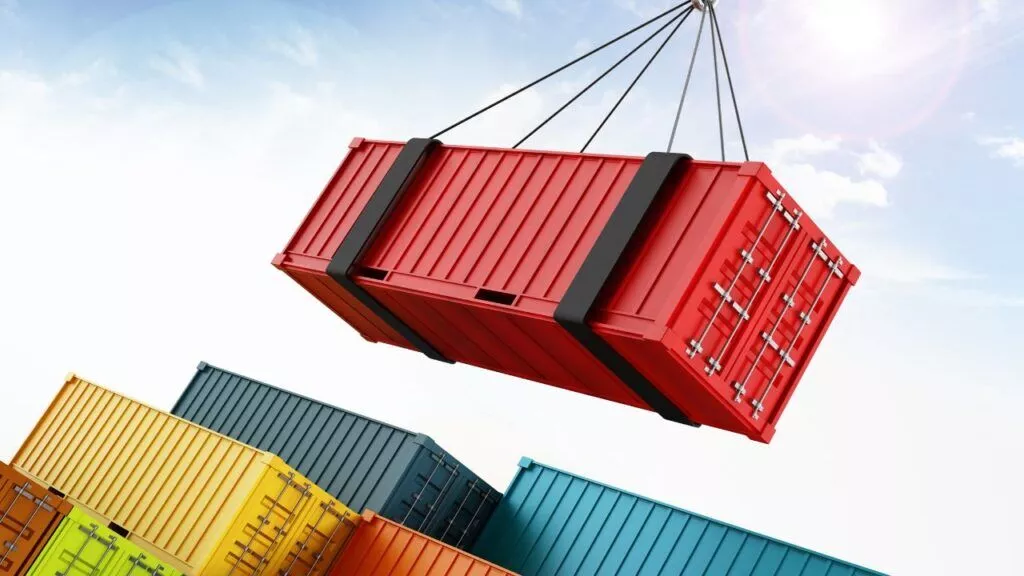
Additional Considerations
-
Shipping Routes: The cost may vary significantly depending on the shipping route. Major ports in Africa such as Durban, Lagos, and Nairobi may have different rates influenced by demand and port congestion.
-
Freight Forwarders: Engaging a reliable freight forwarder like Dantful International Logistics can streamline the process and offer competitive rates. Dantful’s expertise ensures that all aspects of shipping, including customs clearance and insurance services, are managed efficiently.
-
Market Fluctuations: Shipping costs can fluctuate based on global market conditions, fuel prices, and shipping capacity. Seasonal trends may also affect prices, particularly during peak shipping periods.
-
Currency Exchange Rates: If payments are made in different currencies, exchange rates can impact the overall cost of shipping. It’s essential to monitor these rates when planning your budget.
-
Volume Discounts: Businesses that ship large volumes regularly can negotiate better rates with freight forwarders. This can significantly reduce shipping costs over time.
By understanding the various components that contribute to container shipping costs, companies can make informed decisions when importing goods from China to Africa. For assistance in navigating the complexities of international logistics, consider partnering with Dantful International Logistics for a highly professional, cost-effective, and high-quality one-stop international logistics service provider for global traders.
You may be interested in the following related articles:
- Container Shipping Costs from China to Ireland: What You Need to Know
- The Ultimate Guide to Container Shipping Costs from China to Ghana in 2024
- Container Shipping Costs from China to Nigeria: What You Need to Know
- The Ultimate Guide to Container Shipping Costs from China to Kenya in 2024
- Container Shipping Costs from China to Canada: What You Need to Know
- The Ultimate Guide to Container Shipping Costs from China to UAE in 2024
40 ft Container Shipping Cost from China to Africa
Cost Breakdown for 40 ft Containers
Shipping a 40 ft container from China to Africa encompasses various costs that need to be understood for effective budgeting and financial planning. As businesses increasingly rely on container shipping for trade, knowing the potential expenses involved can help streamline operations. Below is a detailed breakdown of the costs typically associated with shipping a 40 ft container:
| Cost Component | Estimated Price Range (USD) | Notes |
|---|---|---|
| Base Freight Rate | $2,000 – $5,500 | Costs vary depending on shipping line and distance |
| Port Handling Fees | $150 – $400 | Charges for loading/unloading at ports |
| Customs Clearance Fees | $200 – $400 | Costs tied to customs documentation and clearance |
| Insurance Services | $100 – $300 | Protection against potential loss or damage |
| Destination Port Fees | $150 – $600 | Fees at the destination port |
| Door-to-Door Services | $400 – $800 | Optional service to deliver goods directly to the customer |
| Additional Handling Charges | $100 – $200 | Charges for any specific handling requirements |
The costs associated with a 40 ft container may be higher than a 20 ft container, reflecting the increased volume and weight capacity. The price range can fluctuate based on various factors, including shipping lines, routes, and additional services selected.
Factors Influencing Container Shipping Costs
Understanding the factors that influence container shipping costs is crucial for importers and exporters. Each element plays a significant role in determining the final shipping price.
Type of Container: FCL vs. LCL
-
Full Container Load (FCL): Shipping via FCL means that the entire container is used exclusively for one load. This method can be more cost-effective for larger shipments, as it saves on handling and shipping costs.
-
Less than Container Load (LCL): LCL shipping involves sharing the container with other shipments. While this option is suitable for smaller loads, it usually results in higher per-unit shipping costs due to additional handling and logistics involved in consolidating multiple shipments.
When deciding between FCL and LCL, businesses should analyze the size of their shipments, frequency of shipping, and overall shipping costs to determine the most cost-efficient method.
Distance and Shipping Routes
The distance between the shipping origin and destination significantly impacts shipping costs. Longer distances typically incur higher freight rates. Additionally, the selection of shipping routes can cause variations in pricing.
For instance, routes that pass through congested ports may lead to increased waiting times and additional costs. Therefore, strategic route planning, potentially facilitated by an experienced freight forwarder like Dantful International Logistics, can help mitigate these costs.
Seasonal Variations in Shipping Costs
Seasonal demand fluctuations can greatly affect shipping prices. Certain times of the year, such as the holiday season or major trade fairs, lead to increased demand for shipping services, resulting in higher rates.
Companies that anticipate peak shipping seasons can benefit from early planning and rate negotiations. Understanding these seasonal trends allows businesses to budget more effectively and potentially avoid inflated costs associated with peak periods.
Impact of Fuel Prices on Shipping Rates
Fuel costs are a significant component of overall shipping expenses. As fuel prices rise or fall, they directly influence container shipping rates. Shipping companies often adjust their prices based on the current fuel market to maintain profitability.
To minimize the impact of fluctuating fuel prices, businesses can consider engaging logistics providers who are adept at fuel cost management strategies. By partnering with a professional logistics service such as Dantful, companies can benefit from insights and adjustments that keep shipping costs in check.
Engaging with a reliable freight forwarder not only streamlines the shipping process but can significantly enhance cost management. For comprehensive shipping solutions tailored to your needs, consider Dantful International Logistics as your trusted partner in global trade.
Additional Costs to Consider in Container Shipping
When importing goods via container shipping, it is crucial to account for various additional costs that can significantly impact the total shipping expense. Understanding these cost components ensures better financial planning and avoids unexpected charges.
Africatoms Duties and Taxes
Africatoms duties and taxes refer to the various tariffs and charges imposed by customs authorities in African countries. These charges can vary widely depending on the destination country, the type of goods being imported, and the value of the shipment. Key aspects to consider include:
-
Import Duties: These are taxes imposed on imported goods, which are calculated based on the customs value of the items. The rates differ by country and product type, so it is vital to research the specific duties applicable to your products.
-
Value Added Tax (VAT): Many African countries levy VAT on imported goods, adding to the overall cost. VAT rates can range from 5% to 20% depending on the country and product category.
-
Customs Clearance Fees: These are fees charged by customs agents for processing the documentation required to clear goods through customs. Working with an experienced freight forwarder can help navigate these requirements effectively.
Accurate forecasting of these duties and taxes is essential to ensure that the total shipping budget encompasses all potential costs.
Handling and Port Fees
Handling and port fees are essential components of the shipping process that can lead to increased expenses. It is important to understand these fees to avoid unexpected charges:
-
Terminal Handling Charges (THC): These fees are charged by port terminals for loading and unloading containers from ships. THC varies by port and is typically calculated based on container size.
-
Storage Fees: If containers are not collected within a specific timeframe, storage fees may be incurred. Ports often charge daily rates for containers that remain on-site beyond the free period.
-
Documentation Fees: Charges related to the processing of shipping documents, such as bills of lading and other shipping-related paperwork, can also add to the overall shipping costs.
Understanding how these fees are structured and anticipating potential charges can help businesses manage their shipping budgets effectively.
Insurance Costs for Container Shipping
Insurance is a critical aspect of shipping, providing protection against loss or damage during transit. The following are essential considerations for insurance costs:
-
Types of Insurance: Different insurance options are available, including marine cargo insurance and all-risk policies. Selecting the right type of insurance depends on the nature of the cargo and the level of risk involved.
-
Insurance Premiums: Generally calculated as a percentage of the cargo value, insurance premiums can vary based on factors such as the shipping route, cargo type, and the chosen insurance provider.
-
Claims Process: Understanding the claims process and ensuring that the policy covers the specific risks associated with the shipment can help mitigate potential financial losses.
Investing in comprehensive insurance coverage ensures that businesses are protected against unforeseen circumstances that may arise during shipping.
Tips for Reducing Container Shipping Costs
Reducing shipping costs is a priority for many businesses involved in international trade. Implementing effective strategies can lead to significant savings without compromising service quality.
Choosing the Right Freight Forwarder
Selecting a reliable and cost-effective freight forwarder is crucial for lowering shipping expenses. Key considerations include:
-
Experience and Expertise: Look for a freight forwarder with extensive experience in your specific shipping routes and commodities. Their expertise can lead to better negotiation of rates and optimized shipping arrangements.
-
Service Offerings: Choose a freight forwarder that provides a comprehensive range of services, including customs clearance, insurance services, and warehouse services. This can simplify logistics management and reduce overall costs.
-
Pricing Transparency: Ensure that the freight forwarder offers transparent pricing structures without hidden fees. Comparing quotes from multiple providers can help identify the best value for your shipping needs.
Effective Planning and Scheduling
Planning and scheduling shipments effectively is vital for minimizing costs. Consider the following strategies:
-
Timing Your Shipments: Understanding peak shipping seasons and planning shipments during off-peak periods can result in lower rates and better availability.
-
Flexible Shipping Dates: If possible, maintain flexibility with shipping dates, as this can provide opportunities to take advantage of lower rates offered by carriers.
-
Advance Booking: Booking shipments in advance can secure better pricing, as last-minute arrangements often incur higher costs.
Utilizing Freight Calculators
Freight calculators can be valuable tools for estimating shipping costs based on various parameters, such as container size, weight, and destination. By utilizing these calculators, businesses can:
-
Compare Options: Freight calculators allow importers to compare costs across different shipping methods and carriers, enabling informed decisions.
-
Budget Accurately: Having a clear estimate of shipping costs helps in budgeting accurately for inventory and operational expenses.
-
Optimize Shipping Choices: Freight calculators can help identify the most cost-effective shipping methods and routes, leading to potential savings.
Consolidating Shipments for Cost Efficiency
Consolidating shipments is an effective strategy to reduce shipping costs. Here’s how to implement this approach:
-
Combine Orders: If feasible, combine multiple orders into a single shipment to maximize container utilization. This reduces the per-unit shipping cost and takes advantage of economies of scale.
-
Use LCL (Less than Container Load) Wisely: For smaller shipments, consider using LCL shipping, which allows multiple shipments to share container space. This can be a cost-efficient alternative to shipping full containers if combined with other shipments.
-
Regular Shipment Patterns: Establishing a routine shipping schedule may provide opportunities for consolidating shipments, thus optimizing overall shipping efficiency.
Incorporating these strategies into your shipping operations can lead to significant cost reductions, enhancing the profitability of international trade endeavors. For expert assistance in navigating the complexities of global logistics, consider partnering with Dantful International Logistics to leverage their comprehensive services tailored to your shipping needs.
Dantful International Logistics Services:
- Dantful Ocean Freight Services
- Air Freight From China
- Amazon FBA Freight Forwarding
- WAREHOUSE Services
- One-Stop Customs Clearance Solution
- Cargo Insurance Services in China
- DDP Shipping Services By Dantful Logistics
- Out of Gauge Cargo Transportation Shipping Services
FAQs
1. What factors influence the cost of shipping a container from China to Africa?
The cost of shipping a container is influenced by several factors, including:
- Type of Container: Whether you choose Full Container Load (FCL) or Less than Container Load (LCL).
- Shipping Routes and Distance: Longer distances and congested routes typically incur higher rates.
- Market Fluctuations: Global market conditions, fuel prices, and seasonal demand can impact shipping costs.
- Freight Forwarders: The choice of a reliable freight forwarder can significantly affect pricing and services offered.
2. How much does it cost to ship a 20 ft container from China to Africa?
The estimated cost for shipping a 20 ft container from China to Africa ranges from $1,000 to $3,500, depending on the shipping line, route, and additional services such as customs clearance and insurance.
3. What additional costs should I consider when shipping containers?
Additional costs may include:
- Port Handling Fees: Charges for loading and unloading at ports.
- Customs Clearance Fees: Costs associated with the documentation needed for customs.
- Insurance Services: To protect against loss or damage during transit.
- Destination Port Fees and Additional Handling Charges.
4. How can I reduce container shipping costs?
To minimize shipping costs, consider the following strategies:
- Choose the Right Freight Forwarder: Select one with expertise and transparent pricing.
- Effective Planning and Scheduling: Optimize shipment timing and maintain flexibility.
- Utilize Freight Calculators: Estimate shipping costs and compare options.
- Consolidate Shipments: Combine multiple orders to maximize container utilization.
5. What is the estimated cost for shipping a 40 ft container from China to Africa?
Shipping a 40 ft container from China to Africa generally costs between $2,000 and $5,500, with variations depending on shipping routes and services selected.
6. What are Africatoms duties and taxes, and how do they affect shipping costs?
Africatoms duties and taxes include import duties and VAT imposed by customs authorities based on the destination country and the type of goods being imported. These charges can significantly increase the overall cost of shipping.
7. Why is insurance important in container shipping?
Insurance protects against loss or damage during transit. It is essential to select the appropriate coverage type and understand the claims process to mitigate potential financial losses.
For further assistance with container shipping from China to Africa, consider partnering with Dantful International Logistics, a trusted provider offering comprehensive logistics services tailored to your needs.

Young Chiu is a seasoned logistics expert with over 15 years of experience in international freight forwarding and supply chain management. As CEO of Dantful International Logistics, Young is dedicated to providing valuable insights and practical advice to businesses navigating the complexities of global shipping.
The other language versions of this article
- الدليل الشامل لتكاليف شحن الحاويات من الصين إلى أفريقيا في عام 2024
- De ultieme gids voor containerverzendingskosten van China naar Afrika in 2024
- Le guide ultime des coûts d’expédition de conteneurs de la Chine vers l’Afrique en 2024
- Der ultimative Leitfaden zu den Containerversandkosten von China nach Afrika im Jahr 2024
- La guida definitiva ai costi di spedizione dei container dalla Cina all’Africa nel 2024
- La guía definitiva sobre los costes de envío de contenedores desde China a África en 2024
- O guia definitivo para custos de transporte de contêineres da China para a África em 2024
- Полное руководство по стоимости контейнерных перевозок из Китая в Африку в 2024 году
- 2024’te Çin’den Afrika’ya Konteyner Nakliye Maliyetlerine İlişkin Nihai Kılavuz







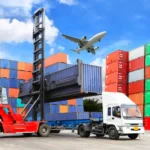


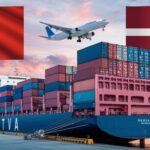
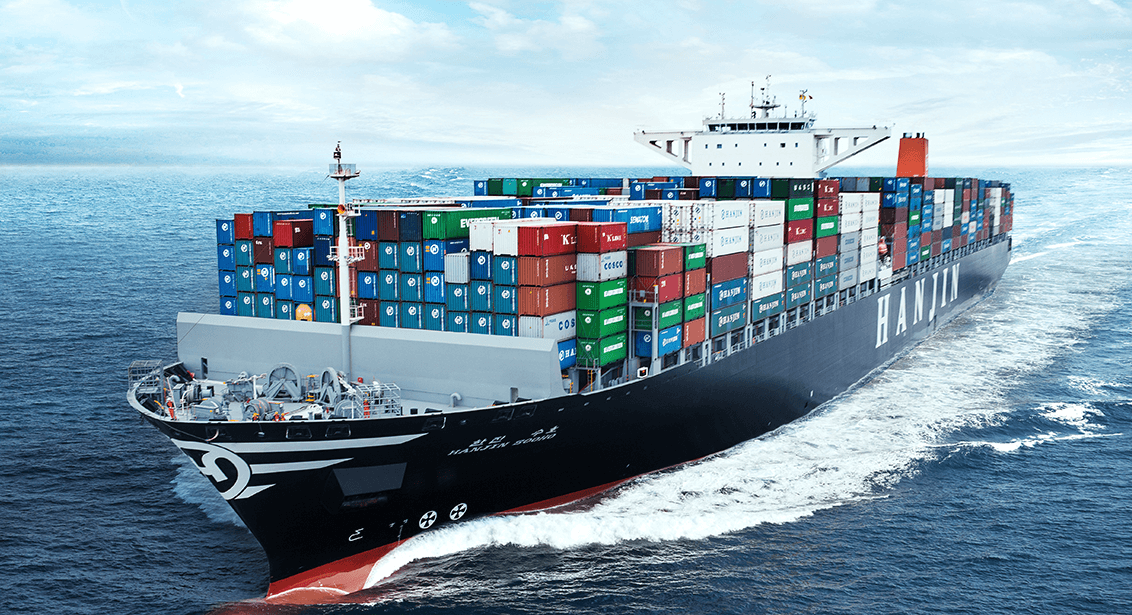
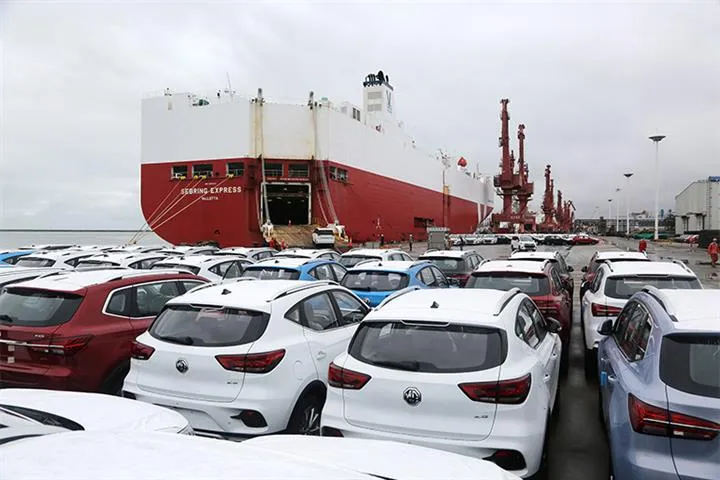

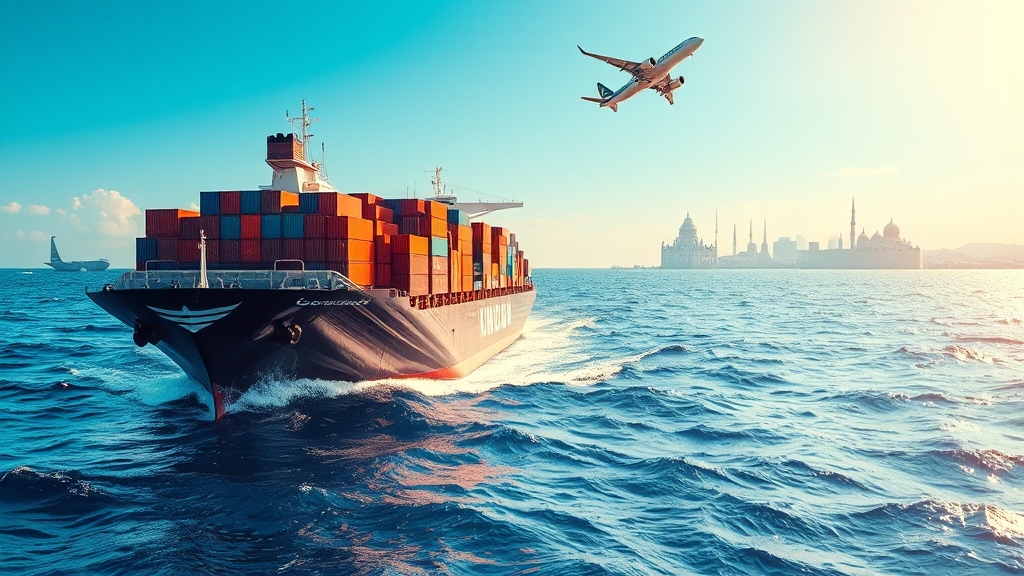
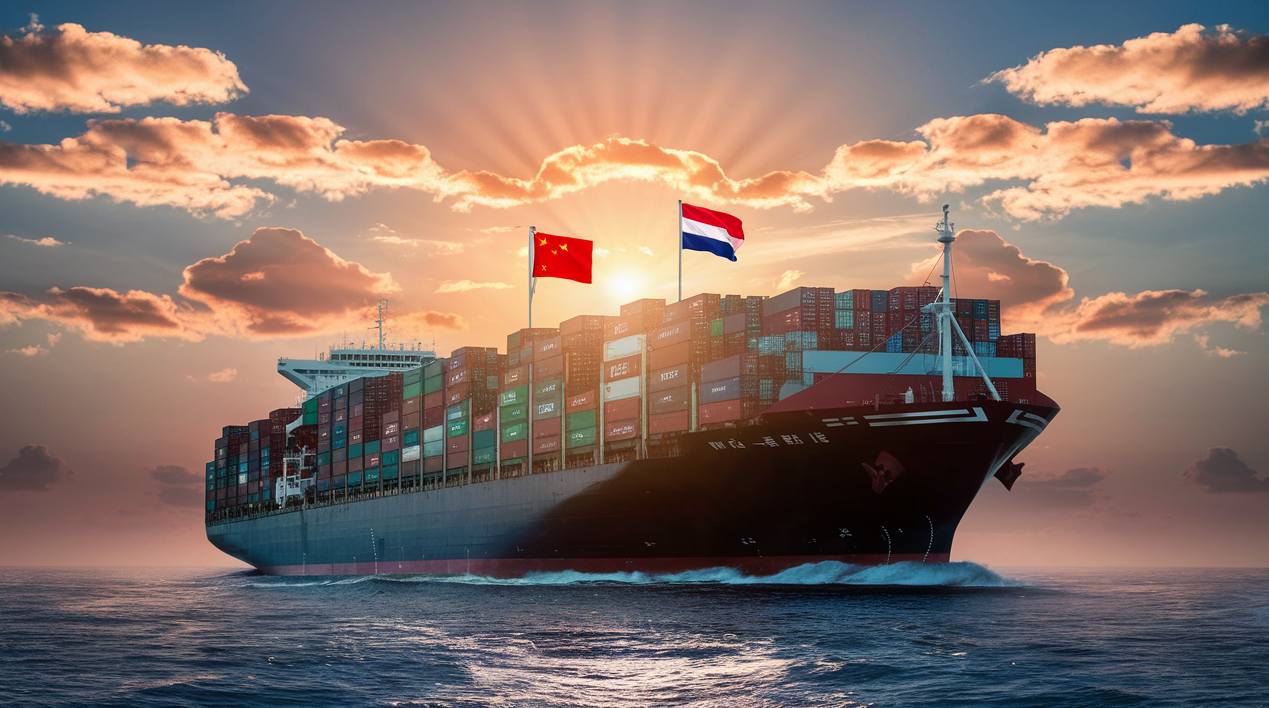





 Afrikaans
Afrikaans Shqip
Shqip አማርኛ
አማርኛ العربية
العربية Հայերեն
Հայերեն Azərbaycan dili
Azərbaycan dili Euskara
Euskara Беларуская мова
Беларуская мова বাংলা
বাংলা Bosanski
Bosanski Български
Български Català
Català Cebuano
Cebuano Chichewa
Chichewa 简体中文
简体中文 繁體中文
繁體中文 Corsu
Corsu Hrvatski
Hrvatski Čeština
Čeština Dansk
Dansk Nederlands
Nederlands English
English Esperanto
Esperanto Eesti
Eesti Filipino
Filipino Suomi
Suomi Français
Français Galego
Galego ქართული
ქართული Deutsch
Deutsch Ελληνικά
Ελληνικά Kreyol ayisyen
Kreyol ayisyen Harshen Hausa
Harshen Hausa Ōlelo Hawaiʻi
Ōlelo Hawaiʻi עִבְרִית
עִבְרִית हिन्दी
हिन्दी Hmong
Hmong Magyar
Magyar Íslenska
Íslenska Igbo
Igbo Bahasa Indonesia
Bahasa Indonesia Gaeilge
Gaeilge Italiano
Italiano 日本語
日本語 Basa Jawa
Basa Jawa ಕನ್ನಡ
ಕನ್ನಡ Қазақ тілі
Қазақ тілі ភាសាខ្មែរ
ភាសាខ្មែរ 한국어
한국어 كوردی
كوردی Кыргызча
Кыргызча ພາສາລາວ
ພາສາລາວ Latin
Latin Latviešu valoda
Latviešu valoda Lietuvių kalba
Lietuvių kalba Lëtzebuergesch
Lëtzebuergesch Македонски јазик
Македонски јазик Malagasy
Malagasy Bahasa Melayu
Bahasa Melayu മലയാളം
മലയാളം Maltese
Maltese Te Reo Māori
Te Reo Māori मराठी
मराठी Монгол
Монгол ဗမာစာ
ဗမာစာ नेपाली
नेपाली Norsk bokmål
Norsk bokmål پښتو
پښتو فارسی
فارسی Polski
Polski Português
Português ਪੰਜਾਬੀ
ਪੰਜਾਬੀ Română
Română Русский
Русский Samoan
Samoan Gàidhlig
Gàidhlig Српски језик
Српски језик Sesotho
Sesotho Shona
Shona سنڌي
سنڌي සිංහල
සිංහල Slovenčina
Slovenčina Slovenščina
Slovenščina Afsoomaali
Afsoomaali Español
Español Basa Sunda
Basa Sunda Kiswahili
Kiswahili Svenska
Svenska Тоҷикӣ
Тоҷикӣ தமிழ்
தமிழ் తెలుగు
తెలుగు ไทย
ไทย Türkçe
Türkçe Українська
Українська اردو
اردو O‘zbekcha
O‘zbekcha Tiếng Việt
Tiếng Việt Cymraeg
Cymraeg יידיש
יידיש Yorùbá
Yorùbá Zulu
Zulu